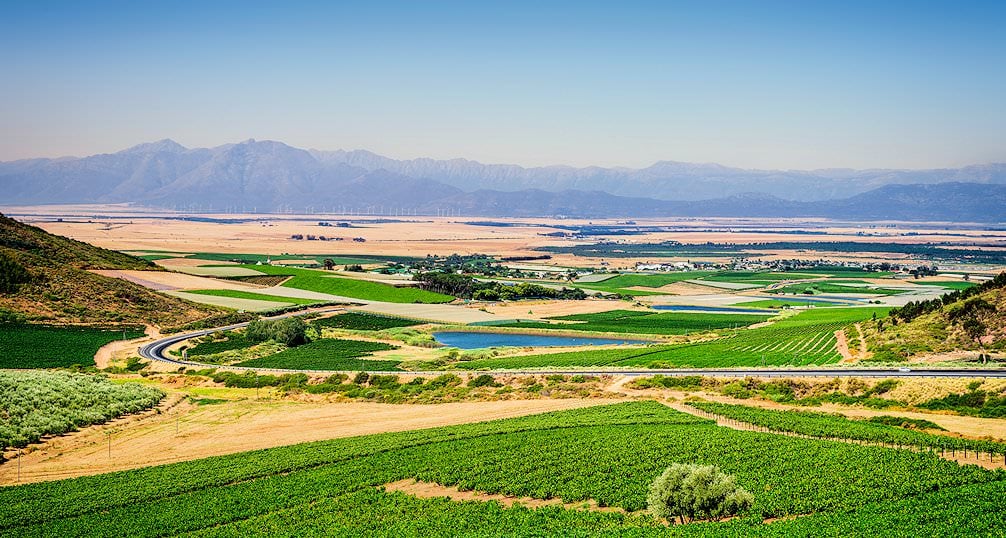A quiet corner of the Winelands

When people talk about the Winelands of South Africa, the towns of Stellenbosch and Franschhoek dominate the conversation, but venture north, and you’ll find much of the same vineyard charm minus many of the crowds.
The towns of Tulbagh, Riebeek Kasteel and Darling are three of the most prominent in this regard, with beautiful views of the mountains and valleys of the Northern wine growing regions of the Cape, and wines that are fragrant, often slightly sweeter and simply different in many more technical ways which this writer cannot adequately describe.

Riebeek Kasteel
Upon visiting the Royal Hotel in Riebeek Kasteel, the oldest in the country, the wine was exceptional - bottled by the local church the waitress tells me. A portrait of two of the most famous leaders of the 20th century, Jan Smuts and Winston Churchill, decorate the outer wall of the hotel bar, along with news clippings from a French newspaper detailing the battles of the Anglo-Boer war. The town is steeped in history, not least because that famous South African President Jan Smuts, member of the war cabinets in both world wars and architect of the League of Nations, the predecessor to the United Nations, grew up nearby. The town gets its name from the Columbus of South Africa - the Dutchman Jan van Riebeek - who in 1652 was tasked with setting up the first permanent European settlement on the tip of Africa. The people of this region, called the Swartland, are known for their friendliness, whit and down-to-earth nature, and make any visitor feel at home with their comforting accents and all-round smiles.

Tulbagh
Back in Tulbagh, just half-an-hour’s drive away, the mountains that stood on the horizon suddenly seem gigantic, and the yellow canola-fields of one valley give way to the rows of vineyards and orchards of another. The sunsets in this small valley are beautiful, with the tips of the rocky mountain peaks painted in hues of orange and red, and fruit trees - apples, pears and stone fruit mostly - that line the narrow winding road that goes to the corner of the valley. The town was founded in 1699, also by French Huguenots, and so the wine-making tradition is strong here. Van der Stel Street is the historical center of town, with beautiful community gardens and Cape Dutch buildings.

Darling
Darling is the new kid on the block on the South African viticultural scene, despite the first wines from this area being produced over 150 years ago. The town itself is full of artisan shops, restaurants and other local establishments to explore, enjoy and take in the local culture.
The ‘Rocking the Daisies’ music festival near Darling has become one of the events of the year in recently, and, like many parts on the West Coast of South Africa, the area is abloom with endemic wildflowers in the spring, forming technicolored carpets over the landscape. The town has a strong spirit of conservation, with many nature reserves and botanical reserves dedicated to preserving the wildflowers and other fynbos vegetation types that are found in the area.

Groot Winterhoek Wilderness Conservation Area
Nestled behind the steep cliffs of the Klein Winterhoek Mountains is the Groot Winterhoek Wilderness Conservation Area, an isolated refuge that boasts remarkable plant biodiversity, challenging hikes and root-stained mountain streams and pools to cool off in. Hiking trails through this rocky landscape can take anywhere from 30 minutes to 4 hours to complete. A few endemic wild flower species, among them the Tulbagh Clusterhead, can be found here, along with Klipspringers and wild cat species. The reserve is not well-known and therefor ideal for travelers who enjoy seclusion.









